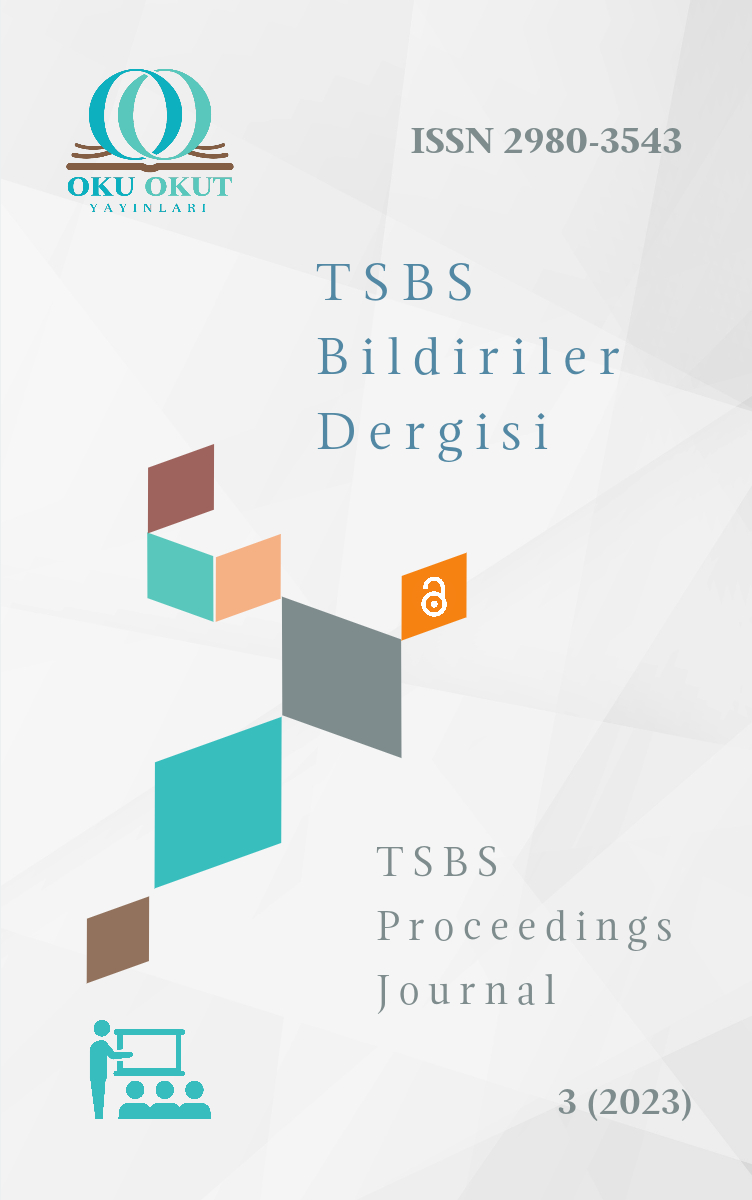Abdullatif Harpūtī's Proofs of the Necessity of the Existence of God (Ithbāt al-Wājib)
Abdüllatif Harpûtî’nin İsbât-ı Vâcib Delilleri
Abdullatif Harpūtī (d.1916) was a late Ottoman scholar who worked as a professor of "Kalām" at the Istanbul Darulfunun. Recognizing the deficiencies in the science of kalām and arguing that some changes should be made in terms of method and content, Harpūtī states that the time has come for the third compilation in the science of kalām and that this compilation is obligatory upon the scholars of the century. He himself tried to serve as a model for this period with his book Tanqīḥ al-kalām. His study, which consists of muqaddimah (preface), divinity, prophecy, sam'iyyāt, and imāmate chapters, deals with the currents of thought that emerged in the Western world by bringing evidence against them. Harpūtī states that the scientific data on matters of faith, which are put forward by rational methods, change over time. For this reason, while writing chapters such as divinity and prophecy, he used different information in light of the scientific data of his time. He also included and refuted the views of movements such as materialism, positivism, and atheism, which were newly widespread in his time. In this paper, we have analyzed the proofs used by al Harpūtī on the subject of ithbāt al-wājib. Harpūtī analyzed the proofs of ithbāt al-wājib under the subheadings of "the proofs of philosophers and muhaqqiq theologians", "the path followed by most theologians", "the path followed by the prophets and asfiyān", and "the recent theologian philosophers and ithbāt al-wājib”. These subheadings do not clearly indicate which of the classical proofs he means. By "the proof of the philosophers and the muhaqqiq theologians" Harpūtī meant the evidence of possibility (imkān); by "the path followed by most theologians" he meant the proof of existence (huduth); and by “the path followed by the Prophets and asfiyān" he meant the evidence of purpose and order. Under the title “The recent theologian philosophers and ithbāt al-wājib", he collected the proof of possibility, the proof of motion, and the proofs of purpose and order. The proof of the disposition (fıtrah) that is included in our study is not to be found in the titles. However, from Harpūtī 's explanations, we have determined that he also used this argument. This study aims to reveal the proofs of ithbāt al-wājib used by al Harpūtī . This research is significant for us to comprehend what evidence Harpūtī , who opened the door to the new science of Kalām and is considered one of the important figures of the new science of Kalām, used for proof. The documentation method was used in this research, and the data obtained were analyzed and reflected in the text. As a result of the research, it was determined that al Harpūtī used the proofs of possibility, existence, purpose and order, motion, and disposition.
Abdullatif Harpûtî (öl.1916) İstanbul Dârülfünun’da “Kelâm ilmi” profesörü olarak görev yapan son dönem Osmanlı âlimlerindendir. Kelâm ilmindeki eksikleri görüp yöntem ve içerik olarak bazı değişiklikler yapılması gerektiğini savunan Harpûtî, kelâm ilminde üçüncü tedvin zamanının geldiğini ve bu tedvinin asrın âlimleri üzerine vâcib olduğunu ifade eder. Kendisi de Tenḳīḥu’l-kelâm isimli eseri ile bu döneme örneklik teşkil etmeye çalışmıştır. Mukaddime, ilâhiyat, nübüvvet, sem’iyyât ve imâmet bölümlerinden oluşan eserini, batı dünyasında ortaya çıkan düşünce akımlarına karşı deliller getirerek ele almıştır. Harpûtî, inanç meselelerinde, aklî metodlarla ortaya konulan ilmi verilerin zamanla değiştiğini belirtir. Bu sebeple ilahiyât ve nübüvvet gibi bölümleri kaleme alırken zamanının ilmi verileri ışığında farklı bilgileri kullanmıştır. Ayrıca kendi döneminde yeni yaygınlaşmış olan materyalizm, pozitivizm ve ateizm gibi akımların görüşlerine yer vermiş ve bunlara karşı reddiyelerde bulunmuştur. Bizde bu tebliğimizde, Harpûtî’nin isbât-ı vâcib konusunda kullandığı delilleri inceledik. Harpûtî, isbât-ı vâcib delillerini; “filozof ve muhakkik kelâmcıların delili”, “çoğu kelâmcıların izlediği yol” , “enbiyâ ve asfiyânın takip ettiği yol” ve “son dönem ilâhiyatçı filozoflar ve isbât-ı vâcib” alt başlıkları altında incelemiştir. Bu alt başlıklar ile klasik delillerden hangi delili ifade ettiğini net bir şekilde görememekteyiz. Harpûtî, “filozof ve muhakkik kelâmcıların delili” ile imkân delilini; “çoğu kelâmcıların izlediği yol” ile hudûs delilini, “enbiyâ ve asfiyânın takip ettiği yol” ile de gaye ve nizam delilini kast etmiştir. “Son dönem ilâhiyatçı filozoflar ve isbât-ı vâcib” alt başlığı altında imkân delili, hareket delili ve gaye ve nizam delillerini toplamıştır. Çalışmamıza eklemiş olduğumuz fıtrat delilini ise başlıklar içerisinde görememekteyiz. Ancak Harpûtî’nin yapmış olduğu açıklamalardan bu delili de kullandığını tespit etmiş bulunmaktayız. Bu çalışma, Harpûtî’nin kullanmış olduğu isbât-ı vâcib delillerini ortaya koymayı amaçlamaktadır. Araştırma, yeni ilm-i kelâma kapı aralayan ve yeni ilm-i kelâmın önemli isimlerinden sayılan Harpûtî’nin ispat konusunda kullandığı delillerin neler olduğunu görebilmemiz açısından önemlidir. Bu araştırmada dokümantasyon yöntemi kullanılmış, elde edilen veriler analiz edilerek metne yansıtılmıştır. Araştırma sonucunda Harpûtî’nin imkân, hudûs, gaye ve nizam, hareket ve fıtrat delillerini kullandığı tespit edilmiştir.

Telif Hakkı (c) 2023 Sümeyye Yavuz (Yüksek Lisans Öğrencisi)
Bu çalışma Creative Commons Attribution-NonCommercial 4.0 International License ile lisanslanmıştır.
CC BY-NC 4.0 lisansı, eserin ticari kullanım dışında, her türlü ortam ve formatta paylaşılmasına, kopyalanmasına, çoğaltılmasına ve orijinal esere uygun şekilde atıfta bulunmak kaydıyla yeniden düzenlenmesine, dönüştürülmesine ve eser üzerine inşa edilmesine izin verir.
Makale Bilgileri
- Konu Kelam - Mezhepler Tarihi
- Gönderim 20 Mayıs 2023
- Yayım 8 Ağustos 2023
- Sempozyum Sempozyum 3 (2023): TSBS Bildiriler Dergisi
- Bildiri Bilim Alanı Kelam - Mezhepler Tarihi
- Kategoriler
Yavuz, Sümeyye. “Abdüllatif Harpûtî’nin İsbât-ı Vâcib Delilleri”. Türkiye Sosyal Bilimler Sempozyumu 3 (August 8, 2023), 257-260. https://doi.org/10.55709/TSBSBildirilerDergisi.305






